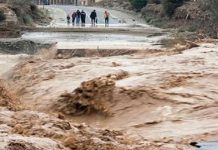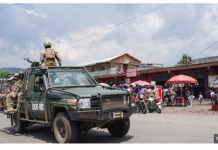
/
RSS Feed
Zambia is currently facing an unprecedented electricity crisis, marked by some of the worst blackouts in recent memory. Despite the abundant Zambezi River and the massive Kariba Dam, many cities and towns are experiencing power outages lasting up to three days at a time. For the 43% of Zambians connected to the grid, the situation has been shocking, as they once took electricity for granted.
The crisis stems from one of the most severe droughts in decades, exacerbated by the El Niño weather phenomenon, which has dramatically reduced the country’s power generation capabilities. Today, I often find myself in bars and restaurants where patrons are not there to eat or drink, but simply to charge their phones amidst the din of generators. A burgeoning business has emerged around phone charging for those without power.

Zambia relies heavily on hydroelectricity, with approximately 84% of its electricity coming from water sources, while only 13% is generated from coal. Solar, diesel, and heavy fuel oil contribute a mere 3%. Recently, the country’s only coal-fired power plant, Maamba Energy, was offline for maintenance, further compounding the crisis.
In a hopeful turn, Energy Minister Makozo Chikote announced that the Maamba plant is now fully operational, promising Zambians at least three hours of electricity daily. Despite declaring the drought a national disaster in February, the government has struggled to resolve the energy crisis due to its reliance on the Kariba Dam, which is currently operating at just 7% of its capacity.
Engineer Cephas Museba, with nearly two decades of experience at Zesco, has noted the alarmingly low water levels at Kariba. The dam, constructed in the 1950s, is critical for the Kariba North Bank Power Station, which generates most of Zambia’s electricity. The current situation has resulted in dire consequences for businesses and households alike; many companies are reducing hours and laying off staff, while bakeries struggle to produce bread due to high generator costs.
Though the government has installed large generators in some public places, the situation remains dire for many. Patients requiring dialysis often find themselves without consistent power, forcing them to rely on sporadic electricity for their treatments. Daily life has become increasingly challenging, with many families resorting to cooking on portable gas stoves, only to find gas supplies running low due to high demand.

















